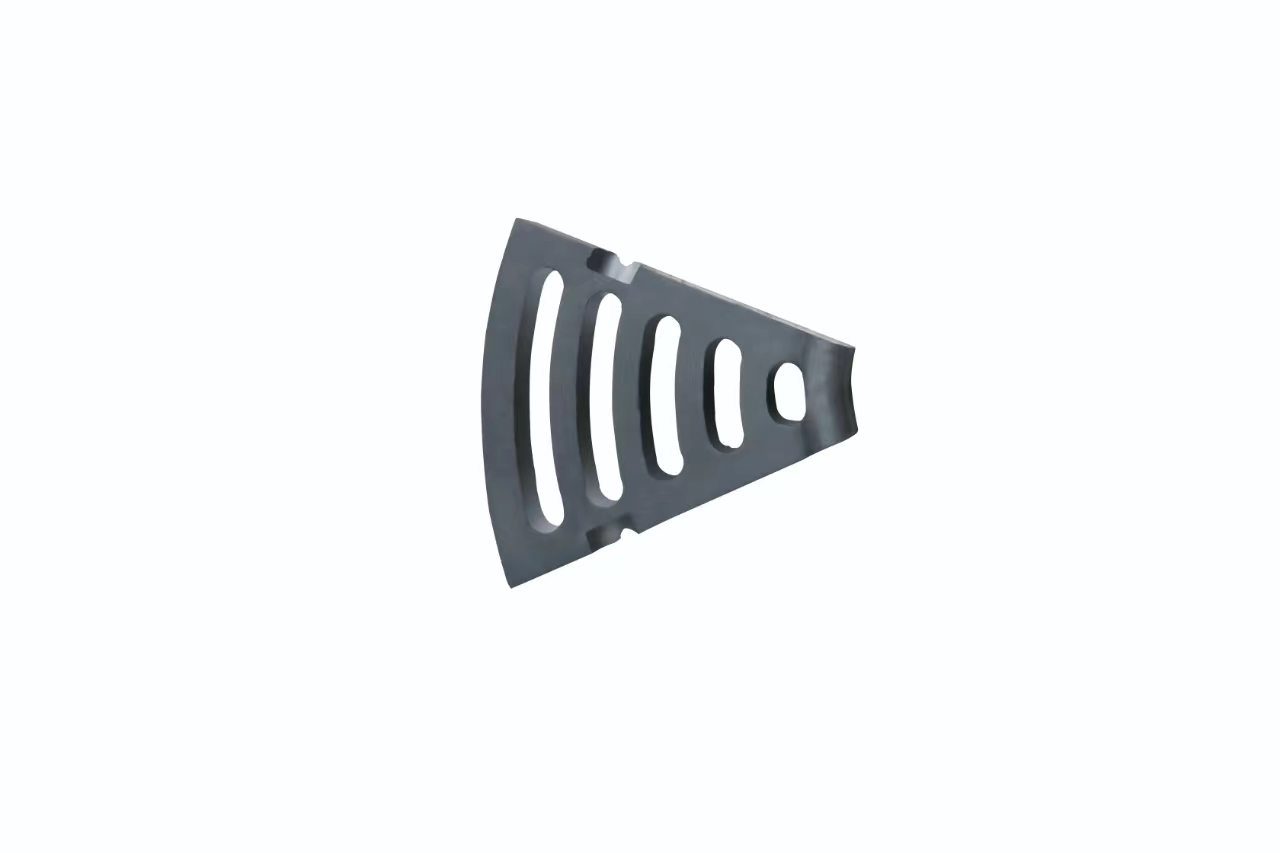What factors affect the lifespan and performance of cast iron ball mill liners?
2024-06-22 11:48:26
Introduction
As a seasoned engineer with years of experience in the field of materials science and industrial equipment, I have often pondered over the intricate factors that influence the efficiency and durability of ball mill liners, particularly those made of cast iron. In this comprehensive article, I will delve into the various elements that impact the lifespan and performance of cast iron ball mill liners. By investigating the variables influencing the productivity of ball process pounding, understanding the work of liners in a ball process, and looking at the impacts on process wear, we can pick up profitable experiences into optimizing the operation of ball plants in different mechanical settings.

What are the components influencing the proficiency of ball process grinding?
Efficient crushing in a ball process is vital for accomplishing ideal handling results in businesses extending from mining to ceramics generation. A few components contribute to the effectiveness of the crushing process:
Mill Speed: The rotational speed of the ball process specifically impacts the pounding proficiency. Higher process speeds result in more noteworthy affect strengths between the crushing media and the fabric being ground, driving to more proficient molecule measure reduction.
Ball Measure and Shape: The estimate and shape of the crushing balls essentially affect the pounding proficiency and last molecule measure conveyance. Littler, circular balls give more surface zone for crushing, whereas unpredictably molded or larger than usual balls may lead to wasteful molecule breakage.
Mill Stack and Filling Level: Appropriately stacking the process with the suitable sum of fabric and pounding media is basic for maximizing pounding proficiency. Over-burdening or underloading the process can lead to wasteful pounding and intemperate wear on the liners.
Feed Estimate and Composition: The measure and composition of the nourish fabric influence its grindability and the vitality required for crushing. Harder and bigger particles may require more vitality to break down, affecting by and large pounding efficiency.
Mill Plan and Working Parameters: Variables such as process distance across, length, and inside arrangement, as well as operational parameters like home time and mash thickness, play a noteworthy part in deciding crushing effectiveness. Optimizing these parameters can improve by and large process execution.
What is the function of liner in a ball mill?
Ball mill liners serve multiple functions crucial for the efficient operation of the mill:
Defensive Obstruction: One of the essential capacities of cast iron ball mill liners is to secure the process shell from wear and harm caused by the affect of the crushing media and the fabric being handled. By lining the internal surface of the process, liners shield it from scraped area and disintegration, dragging out the mill's lifespan.
Enhanced Pounding Productivity: Well-designed liners can move forward the proficiency of the crushing prepare by optimizing the direction and affect of the crushing media. Liners with deliberately put lifters and grooves encourage the lifting and cascading of the crushing balls, advancing way better crushing activity and decreasing vitality consumption.
Classifying Work: A few ball process liners are prepared with classifying plates or screens that offer assistance isolate the pounding media and control the molecule measure dissemination inside the process. This classification instrument guarantees that the craved fineness of the last item is accomplished efficiently.
Noise Lessening and Security: cast iron ball mill liners can hose clamor created amid the pounding prepare, making a calmer and more secure working environment. Moreover, well-maintained liners contribute to smoother process operation, decreasing the chance of unforeseen downtime or accidents.
What are the variables that impact process wear?
Mill wear, counting the wear of ball process liners, is impacted by different variables, including:
Material Properties: The hardness, abrasiveness, and chemical composition of the metal or fabric being handled specifically affect process wear. Harder, more rough materials cause quicker wear rates on both the pounding media and the liners, requiring more visit upkeep and replacement.
Operating Conditions: Components such as process speed, nourish rate, and slurry thickness influence the wear rate of ball process liners. Forceful working conditions, such as high-speed turn and rough slurries, quicken liner wear, requiring proactive upkeep and observing.
Liner Design and Material: The plan and fabric composition of the liners altogether impact their wear resistance and life expectancy. High-quality liners made from abrasion-resistant materials such as alloyed cast press, manganese steel, or elastic can withstand drawn out introduction to grating conditions, diminishing the recurrence of substitution and downtime.
Installation and Support Hones: Dishonorable establishment, insufficient support, or ignoring to screen wear designs can hurry liner debasement and increment by and large process wear. Standard assessments, legitimate liner establishment, and convenient support mediations are basic for amplifying the life expectancy of ball process liners.
Environmental Components: Natural conditions, such as temperature, mugginess, and destructive gasses, can moreover influence process wear. Destructive situations quicken liner weakening, especially in plants handling destructive or acidic materials.
Conclusion
In conclusion, the lifespan and performance of cast iron ball mill liners are influenced by a myriad of factors, including grinding efficiency, liner function, and mill wear. By understanding and optimizing these factors, industrial operators can maximize the efficiency, reliability, and longevity of their ball mills, ultimately improving overall productivity and profitability.
References:
1. King, R. P. (2016). Ball Mill Liners: Single wave liners, modified single wave liners, double wave liners, and the rate of wear of liners.
2. Radziszewski, P., & Saramak, D. (2013). Influence of ball mill medium and size on properties of copper-zinc ore pulp and mineral surface.
3. Powell, M. S., & Nurick, G. N. (2001). The wear of grinding media in tumbling mills.
4. Fuerstenau, D. W., & Abouzeid, A. Z. M. (2002). The energy efficiency of ball milling in comminution.
5. Kolacz, J., & Żak, G. (2018). The effect of ball size distribution on power draw, charge motion, and breakage mechanism of tumbling ball mill by discrete element method (DEM) simulation.
.webp)
.webp)
.webp)
 - 副本.webp)
 - 副本.webp)
.webp)








